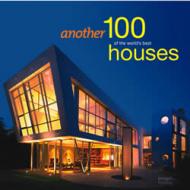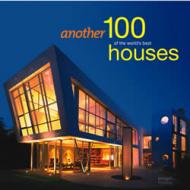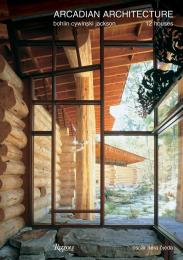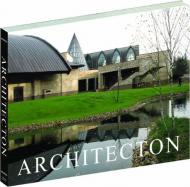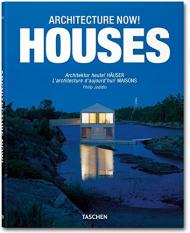For 28 years the world-renowned interior designer Bunny Williams has been involved in a passionate love affair with an 18th-century New England manor house that she found in sad repair.
From the moment she walked up the driveway and her palms began to perspire, Williams knew she wanted the affair to last forever. In her sumptuous new book, An Affair with a House, the venerable decorator describes in detail how she and her husband, antiques dealer John Rosselli, rescued, nurtured, renovated, and decorated the well-worn house, giving it new life as they restored each room, resurrected the abandoned gardens, and filled this weekend home with family and friends.
Through photographs, anecdotes, how-tos, and recipes, Williams provides a rare inside look at a top decorator's retreat and explains how she approached the joys, pleasures, challenges, obstacles, and day-to-day realities of creating a beautiful, comfortable country home. An Affair with a House provides a wealth of advice on interior decor and such topics as mixing design styles, but it also addresses such practical matters as stocking the pantry and outfitting the linen closet.
Beautiful photographs of the house, the gardens, and the property's rustic structures provide an intimate glimpse of the couple's lifestyle and illustrate a way of life we can all appreciate and learn from.


